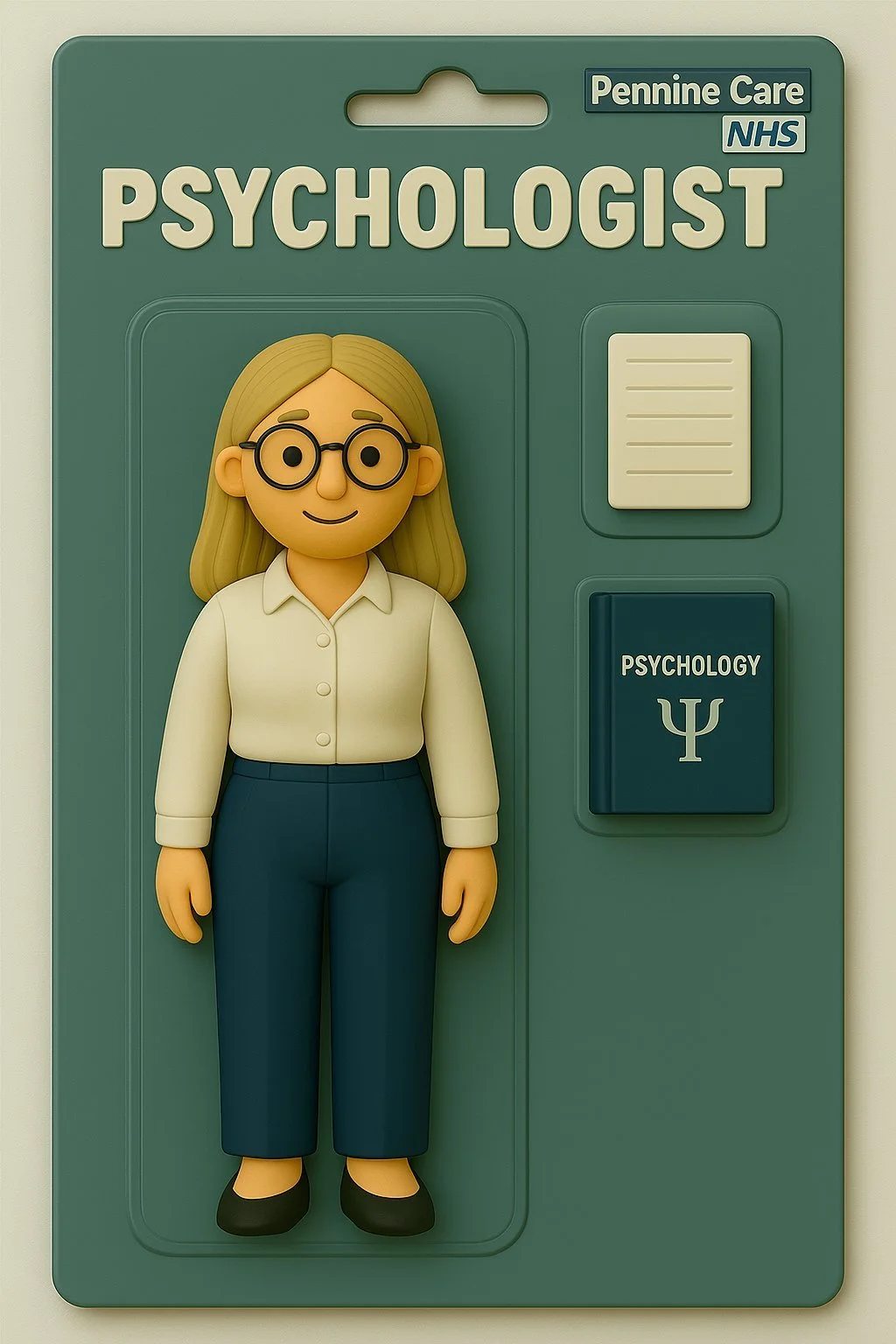Mirror or Mirage? The Psychology Behind AI-Generated Action Figures
In recent months, AI-generated action figures have taken social media by storm. Whether it’s hyper-realistic renderings of celebrities as superheroes, personalized avatars of everyday people, or surreal mashups of cultural icons, this trend has captivated a wide audience.
But what is it about these digital figurines that’s striking such a deep chord?
Let’s look at this cultural phenomenon through a psychological lens.
1. Personalization Meets Identity Exploration
One of the core psychological drives in humans is the search for identity—"Who am I?" AI-generated action figures offer a unique, low-stakes playground to explore this question.
Creating a version of yourself as a superhero, warrior, or sci-fi character taps into something ancient: the desire to project a more powerful, imaginative version of the self. These digital avatars let users experiment with different facets of identity—bravery, fantasy, rebellion—without consequence. It's play, but it's also profound.
From a self-determination theory perspective, this satisfies the need for autonomy (choosing your own version of you) and competence (crafting something that feels impressive or “cool”).
Yet it’s worth noting that while this type of exploration can be affirming, it can also become a subtle form of escapism. Over-identifying with a perfected, curated version of yourself may shift your perception of your real-life self—sometimes reinforcing unrealistic standards, or lowering satisfaction with your actual appearance or circumstances.
In this way, AI-generated action figures are not unlike an extreme evolution of FaceTuning or digital beauty filters. They allow you to manipulate not just your face, but your entire persona for social consumption. And just like with filters, repeated exposure to these elevated, stylized versions of yourself can slowly chip away at self-worth—creating a dissonance between how you present and how you feel.
2. Nostalgia & Collective Memory
Action figures have long been a staple of childhood for many people. AI-generated versions allow adults to reconnect with these simpler times while adding a grown-up layer of customization and creativity.
Psychologically, this triggers nostalgia, which has been shown to buffer against stress, boost mood, and reinforce a sense of continuity in our identity over time.
The fact that these figures often reference 80s and 90s pop culture (think: retro styling, VHS effects, classic character tropes) helps strengthen a collective memory—a sense that we’re participating in a shared cultural moment.
Still, there’s a risk that we may rely too heavily on nostalgia as a coping mechanism. Leaning too far into idealized pasts can sometimes inhibit engagement with the present.
3. Control in a Chaotic World
AI-generated figures offer a rare experience: complete control over creation. In an era marked by unpredictability and overstimulation, designing a digital figure—choosing its pose, features, and environment—feels grounding.
From a cognitive behavioral perspective, creating something that feels ordered and aesthetic can serve as a kind of micro-intervention—soothing anxiety and providing a hit of dopamine.
It’s not just art; it’s structured self-expression.
However, like many digital comforts, this can become compulsive. The instant gratification of generating and posting can start to replace slower, messier—but ultimately more meaningful—forms of self-reflection and creativity.
4. Social Currency and Online Identity
In an age of hyper-curated digital selves, AI action figures act as a new form of social capital. Posting a stylized, AI-generated version of yourself signals creativity, tech-savviness, and an aesthetic sensibility. It's like posting your own album cover—part meme, part mirror.
Psychologically, this aligns with impression management theory: we’re constantly shaping how others perceive us online. The action figure format offers a novel and flattering filter—something between realism and fantasy—that resonates in our feed-heavy world.
But again, it walks a fine line. As with digitally altered selfies or beauty filters, there’s a risk that these creations—polished, powerful, and idealized—set a bar that feels impossible to meet in real life. When our virtual representation outshines our lived experience, it can lead to a kind of emotional dissonance. What begins as creative expression can slowly become a source of quiet comparison or self-doubt.
5. The Allure of the Uncanny
There’s also a stranger, less obvious layer: the uncanny appeal of AI art. These figures often live in a space between real and surreal. They're you, but not quite. They feel familiar, but they’re stylized, exaggerated, or oddly rendered.
This “uncanny valley” effect can actually enhance engagement. We linger on things that feel slightly off because our brain is trying to make sense of them. This momentary confusion can spark awe, curiosity, or even amusement—all of which keep us coming back for more.
But it’s important to remember that the accessibility of this tech comes at an invisible cost. AI image generation, especially when done repeatedly or en masse, draws significant computing power—consuming energy and leaving behind a carbon footprint. While one creation seems harmless, the collective effect adds up, contributing to broader environmental strain. It’s worth enjoying mindfully rather than endlessly.
Final Thoughts
AI-generated action figures are more than a trend; they’re a mirror held up to our psychological needs and cultural moment. They offer fantasy, control, identity play, and nostalgia—all in one slick visual package. In an increasingly virtual world, these small digital warriors give us a sense of meaning, mastery, and even magic.
But as with all tools of self-presentation, moderation matters. When these stylized images become too central to how we see ourselves—or how we want to be seen—they can begin to erode the connection to our real, imperfect, but deeply valuable selves. And while the fun is undeniable, the energy cost behind the magic isn’t free either.
Enjoy the play. Just don’t lose yourself in the reflection.

